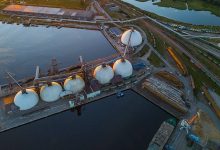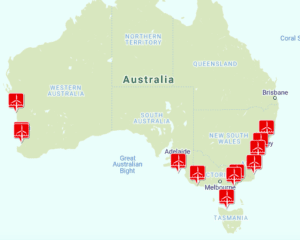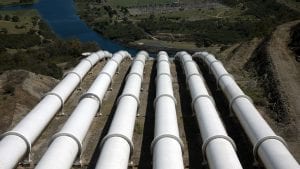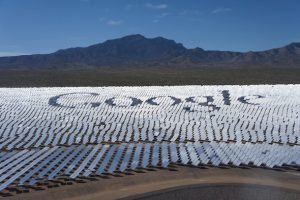The introduction of a domestic gas reservation policy in Australia could achieve substantial reductions in both gas and electricity prices for consumers, a new report from the Institute for Energy Economics and Financial Analysis (IEEFA) has told.
If a domestic gas reserve was established within the east coast gas market, IEEFA estimates that the flow on reductions for electricity bills could see average households save upto $270 each year.
Most major gas markets have implemented some form of domestic reservation policy, but this is not the case for the Australian east coast gas market, with many Australian consumers having to pay higher prices for gas, as well as electricity, due to high global gas prices.
High gas prices have pushed electricity prices higher as current market dynamics see gas generators frequently acting as the price setters in the National Electricity Market, and IEEFA estimates that if producers were forced to make a minimum amount of gas available for local users, wholesale electricity prices could fall by as much as 27%.
This would have the flow on benefit of pushing retail electricity prices down by a corresponding 17%.
Such a requirement would likely have an overall positive benefit to the Australian economy, particularly for businesses who are struggling against overseas competitors that have access to cheaper gas.
“Every household would save $270 per electricity bill if the government intervened in the market and set a gas reserve price,” report author Bruce Robertson said.
“This is a much healthier outlook than what is currently happening, with industry and small businesses increasingly at risk and even closing operations, unable to afford their bills.”
“The east coast of Australia is controlled by a handful of private gas companies which behave as a cartel, setting the price and the supply of gas to the detriment of Australian consumers.”
Australia historically enjoyed low prices for gas, with a large abundance of gas reserves accessible to local producers. However, attracted by the potential of higher international prices, significant investment has been made in expanding Australia’s gas export capabilities, with a massive expansion of the volume of gas Australia sent offshore.
While more Australian gas is provided to the lucrative international market, it has seen Australian consumers effectively competing against international buyers for Australian gas, sending gas prices higher.
Natural gas in Australia currently trades in the range of $8 to $12 per Gigajoule, when prior to 2014 it traded in the $3 to $4 per Gigajoule range. This has had negative impacts on household costs, and have crippled some industrial businesses that are large users of gas.
IEEFA has found that while Australia’s gas production has surged, the amount of gas used for electricity generation has fallen dramatically. Since 2014, gas use for electricity generation has fallen 41% in the National Electricity Market, as higher prices push gas generators out of the market.
IEEFA has called on the Federal Government to introduced strengthened powers to enforce an effective domestic reserve policy for gas, saying the existing Australian Domestic Gas Security Mechanism (ADGSM) is not strong enough.
The ADGSM has never been activated, as Australia has an otherwise well-supplied market for gas, with production growing rapidly over the last decade. The underlying issue being gas prices, which creates an incentive for gas producers to push their output towards the export market.
“Enough is enough. The government must intervene and stop this madness.” Robertson added.
“Every major gas producing nation in the world has some form of gas reservation policy, except Eastern Australia. Even Western Australia has successfully implemented one.”
“The government has set a very public intention to bring energy prices down. A gas reservation policy is really the only solution.”
Electricity prices in the National Electricity Market have been pushed to record highs as a result of higher gas prices and exacerbated by lower availability of hydroelectricity generation due to prevailing drought conditions across most of New South Wales.
The market for gas generation has been further squeezed by the emergence of clean energy alternatives in the market, including the Tesla big battery in South Australia that has had a significant impact on the operation of the FCAS market in the NEM.
There is a growing tendency for large businesses to shift to lower cost forms of energy, in particular, rooftop solar, as a means of avoiding the higher gas prices altogether.










